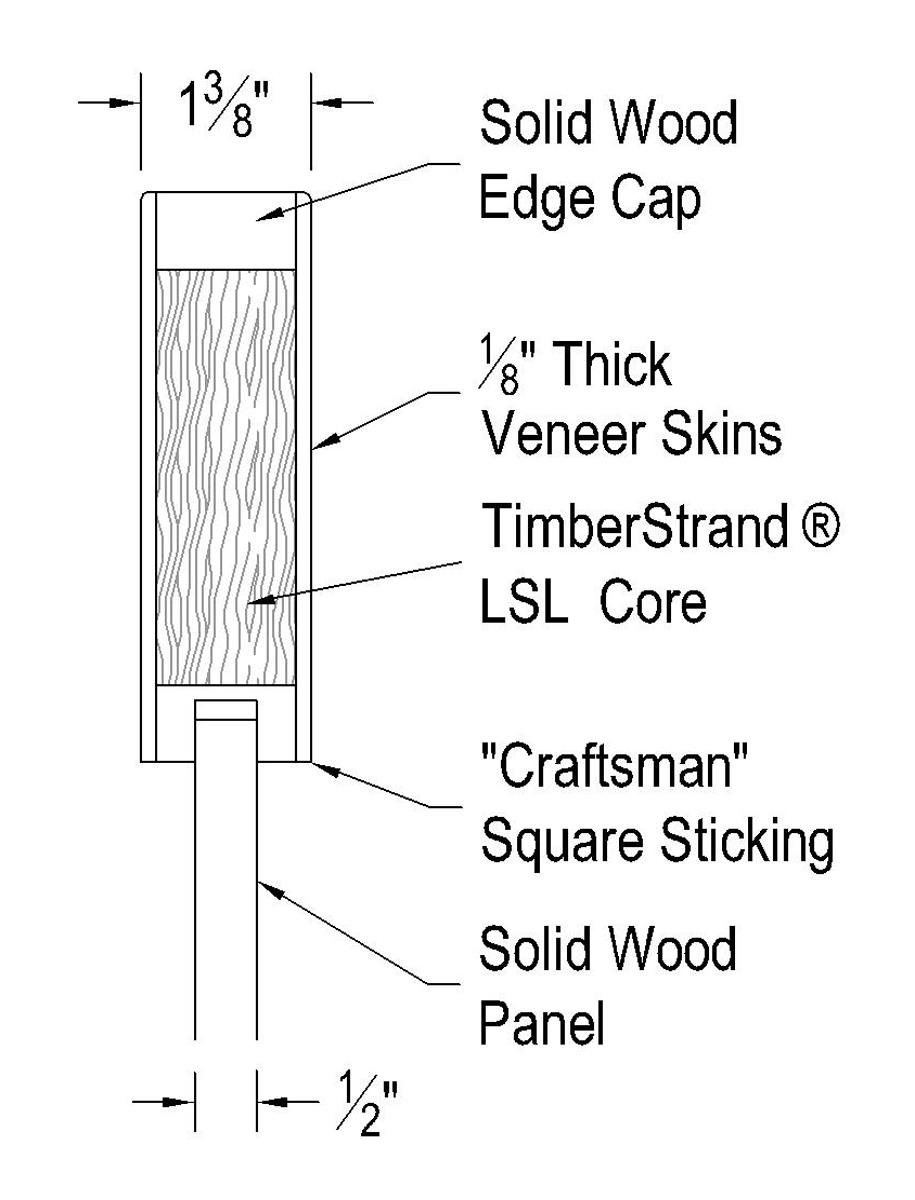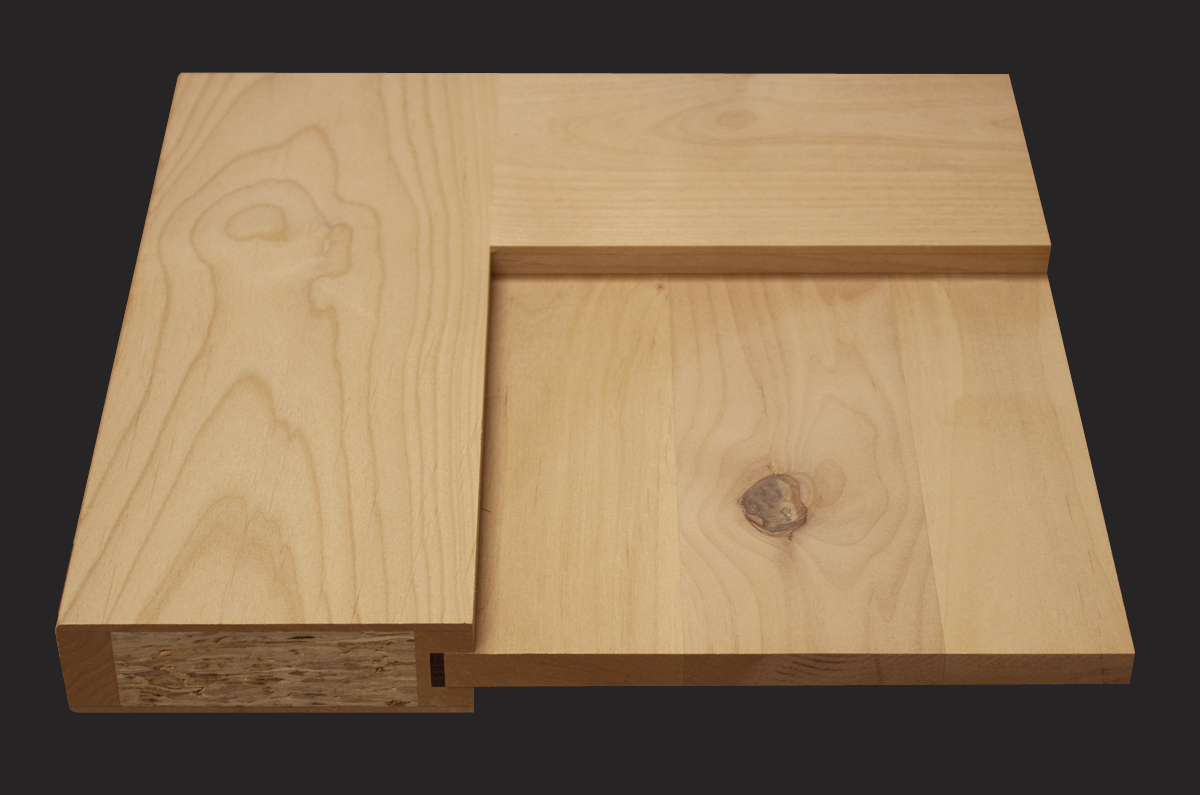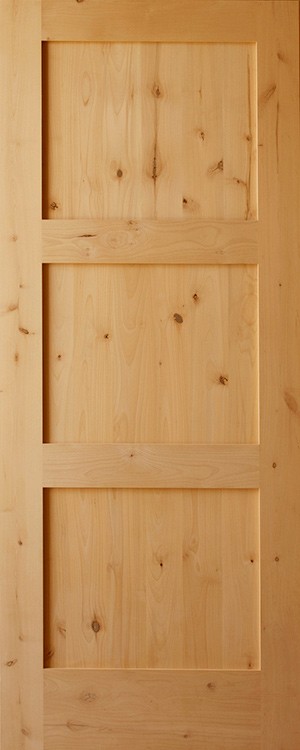Craftsman 3-Panel Horizontal
1-3/8″ Thick – Interior Door
CRAFTSMAN 3-PANEL HORIZONTAL, Interior Door, 1-3/8″ Thick
Our Craftsman doors (also called “Shaker” or “Arts & Crafts” doors), consist of a stile and rail frame with simple square “sticking” (corner edges) and flat panels. This type of door is often found in Craftsman or “Bungalow” style homes, widely popular in the early 1900s.
This 1-3/8” thick 3-panel (3-11 pattern) Craftsman-style door is made in the U.S.A. at our northern Colorado factory. Our 1-3/8” thick doors are for Interior applications only—not for use as Exterior or “entry” doors. Our Knotty Alder lumber is sourced from responsibly managed forests in the western U.S.
Key elements of this door include:
Warranty
An industry-leading Warranty is provided for this door, including one-year limited coverage on unfinished (raw) doors, and five-year limited coverage on factory pre-finished doors. Please note that this extended warranty applies only to the construction of the door, and not the factory pre-finish itself.
Engineered Stiles and Rails
Stiles and rails are the vertical and horizontal “frame” components, respectively, of the door. Our stiles and rails are engineered to resist bowing and warping. We use industry-leading 1/8” thick veneers, with superior quality TimberStrand® Laminated Strand Lumber (LSL) core material.
Solid Panels
Panels are the large, wider boards that fill the space between the stiles and rails. Our panels are solid wood (1/2” thick on this door)—much higher quality than pressboard panels with thin veneers, or hollow core panels found on lower quality imports. Panels are manufactured with small width boards, edge glued to create the larger width panel. Individual boards are random widths, glued in alternating grain patterns to balance the panel and reduce the natural tendency of the wood to warp or cup.
Bore and Dowel Construction
Our doors are assembled with bore and dowel construction. We use industry-leading 1/2” diameter dowels. Stiles and rails are bored, glued and then doweled for optimum strength and stability. Panels fit into grooves in the stile and rail components, and “float” on rubber spacers to allow for minor expansion and shrinking of the wood with the natural moisture and environmental changes of the home.
Panel and Sticking Profile
This Craftsman door features a square sticking profile and a flat panel profile as shown below. “Sticking” is the decorative trim wood placed between the stiles and rails and the panels of the door.



